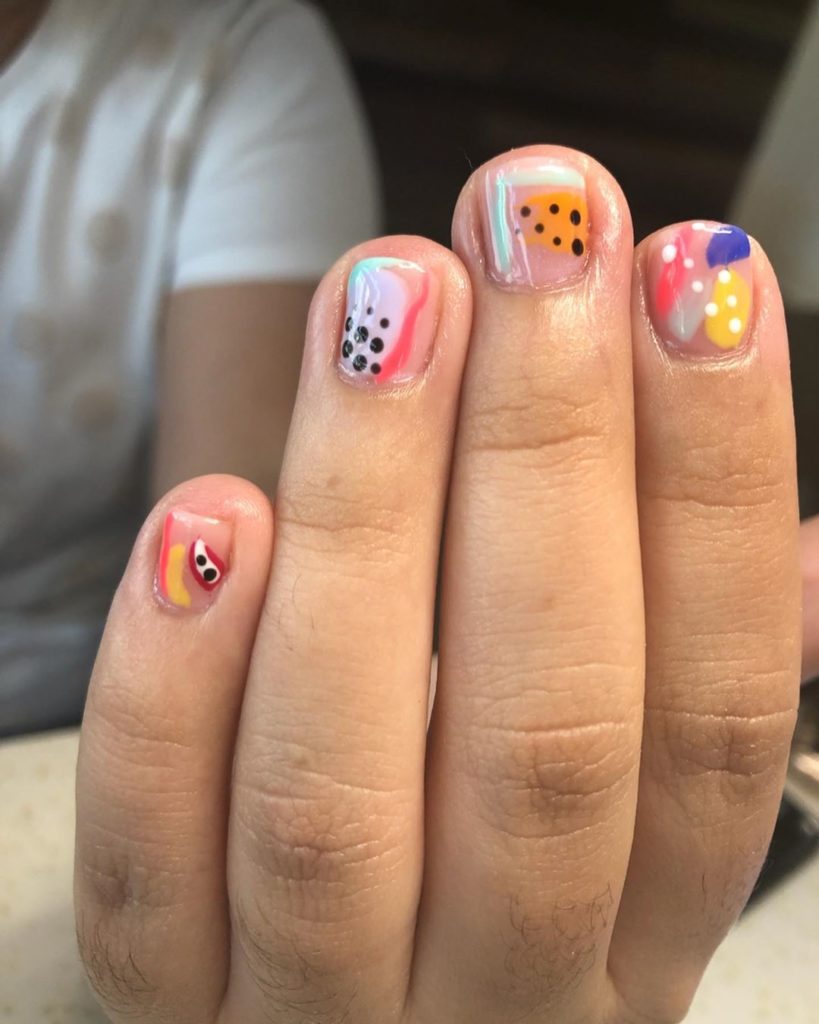It’s now just over three weeks since I’ve been losing my own marbles over chopping my cats’ nails. What once seemed like an inevitable lesson in the natural laws of cat nutrition and exercise has gotten personal.
For some reason, I was forced to strip my cat’s nails in one sitting and suddenly felt a strong and subconscious urge to cut off the fuzzy white fuzz with a dull razor blade. This course of action ended up with a couple of barely-alive bottoms on the cat’s paws, and while I could point to various nutritional data that says that felines should get little bites of food with their daily skin-foliation routines, it turned out that making scratches on a nail cut is actually not so bad, after all.
As Cat Owner Who’s Never Cared About Cutting Her Cat’s Nails
It turns out that even though I’ve never really cared much about cat nails, it turns out that I actually kind of hate cutting them — partly because I like to feel like a responsible cat owner, and partly because it’s just awkward when you step on a few fingernails on the first try. However, we know that clipping the kitty’s nails is important for their overall health, so after a little time processing, I decided to share with you some tips and tricks that make clipping-by-force less painful.
ADVERTISEMENT
Here’s a quick recap of the pain-level-considered-completely-impossible nipping-by-force scenarios that happened over the weekend — with pen in hand and an idea of what cat lives that I could possibly ruin:
Cats Have Extra Body Peripheral Nails (PVC) To Speed Up and Pack Down Mass
These additional nails aren’t often noticed by passersby, but they get a bit more use. PVC is used on a number of human and veterinary instruments, such as cat files and microscopes. According to Buster and Baby in the Cat and Potty World Expo, a cat might have up to eight extra-long pieces of PVC near the base of his or her nails. They tend to be tapered to 3/8 to 2/8 inches when fitted together. It’s kind of like making a tape around his or her bite.
Wait Until a Cat Beeps
Catbeep alerts you to a cat that’s “ready for a scratch,” says Gilmer. While it sounds silly, there’s actually an ulterior reason behind it. In very urgent situations, like when your cat has a projectile lodged between two bones, a cat barking — or a creature nearby who is breathing hard — can save you from accidentally taking a step on the nails. If you never told your cat to beep you, take a tip from Gilmer and post a coupon on your Facebook feed.
Take a Nap With Your Cat
One of my bigger gripes in the beginning, as it always felt like I was straining too hard, was that the claws tend to have razor-thin surfaces. The edges tend to rub together after being trimmed, which means the tips don’t put enough pressure on them. By giving your cat a nap, the nails should be reset for a while and then cut once they can move. This is the best option for all two-faced cats with matching digits, or cats that are overly affectionate and don’t like you touching them, making it really painful.
Protect Your Cat’s Body From the Nail Cut with New Molar
If a nip is the problem, give the cat a new tooth by plucking it from its molar. That way it won’t need a new one in the future. Because the inside of a cat’s molar is water-filled, if you’ve taken a chunk of space in the molar, you may need to get a filling to make room for new dentition. This isn’t a problem if you can keep your hand still, but if you’re a Fido fan, you may need to remove the tooth.
Use a Short Razor With a 360-Degree Hang & Twist
Try to wrap your teeth between your fangs as much as possible, says Gilmer. This will allow the blade to twist and hang rather than whip.
While it may not feel super high quality, the flat acrylic razor is actually best — if you can find one for under $10. When not clipped, the cat’s claws will remain longer to help stretch your thumb.
Source: Flickr User quinnmapogue


0 Comments on "How to Cinch Nails With a Razor"